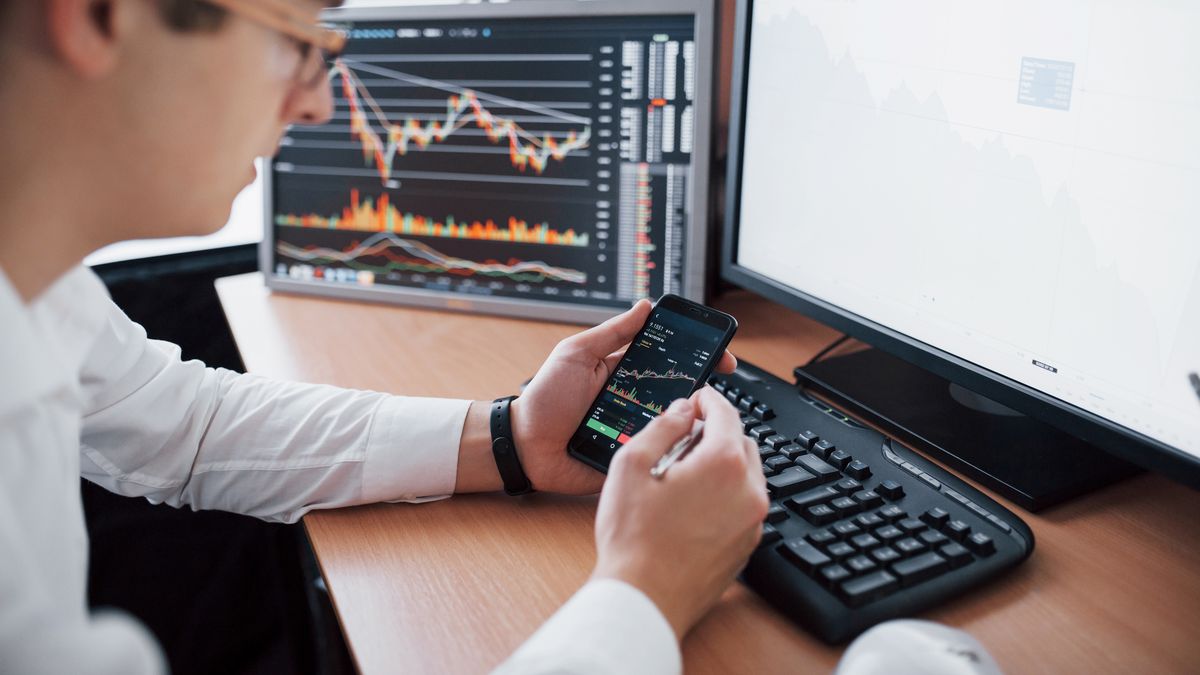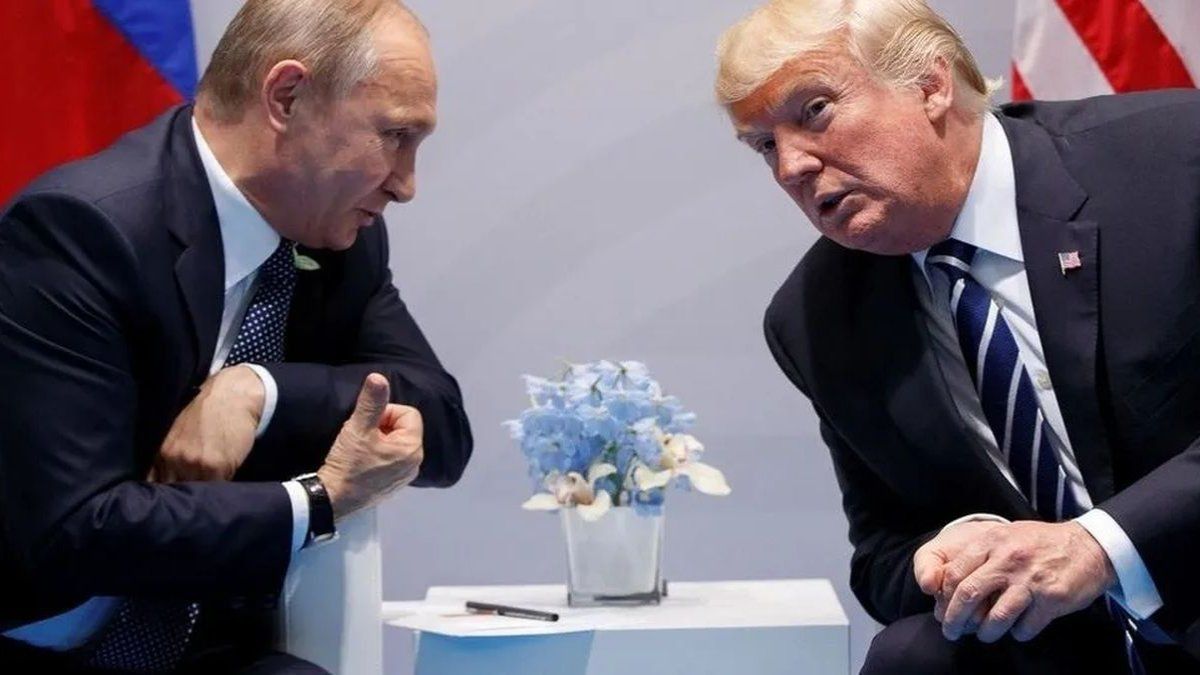Let’s see the AL30D, the most traded bond:
box.png
It has had a 29% recovery from its July lows. However, looking at the long term, it is still at the bottom of the sea: it has fallen 55% since it went public in September 2020.
Today it is worth USD 21.7 and promises to pay USD 104 at maturity. This implies an Internal Rate of Return of 43% per year. It closes everywhere, right?
It is not so simple, because this calculation does not include the probability of default, which exceeds 90%. Because the possibility of default is so great, there is little point in evaluating a bond by its yield. What is the use of analyzing how much an investment would yield if it is known that they will not be able to pay it?
For us to have a reference, similar bonds such as those of Sri Lanka that suffered a seizure in its government house, or Ukraine in the midst of war yield less than those of Argentina, that is, we are worse off.
So how do we analyze the bond? What is usually looked at in these cases is the parity, which is the relationship of the price with its technical value. And the technical value is the capital owed + interest accrued. In the case of AL30D, parity is around 22%. It is evident that we are going to a new restructuring, so the parity represents what the new exchanged bond may be worth.
It is worth clarifying that the bonds have a recovery value (they cannot go to 0), which is what an investor would obtain in the event of a new debt restructuring. For this reason, the current prices serve as an entry for those who believe that the new value may be higher than the current one.
Even assuming a very aggressive haircut on the principal of the bonds, the return could be considerable. If the IRR were 20%, like at the beginning of 2021, the profit would be more than 100%. The reality marks that whoever bought at minimum parities, like now, ended up obtaining positive results.
However, it is still a very risky bet, because the government’s willingness to pay is practically nil and the signs they are giving are not very auspicious. Just as bonds can go up, they can also go to new lows.
There are still many questions in Argentina: How is the Leliqs “bomb” resolved? There is no room to wait long without knowing how this story ends. There is too much uncertainty in the country, not for nothing are the bonds worth what they are worth and Argentina does not have access to the international market.
So is it a good idea to buy bonds today? It will depend on the stomach of each investor. Clearly it can give very juicy returns and the current parity, close to 20%, is more tempting than that of a few months ago. Like any financial asset, you have to understand the risks well. And even more so if it is about bonds with the Argentine stamp.
To finish, we invite you to download a report with all the variables you need to know to understand the price of the dollar in Argentina. I recommend it to you. You can download it at this link: https://informes.cartafinanciera.com/
CEO of Charter Finance
Source: Ambito




